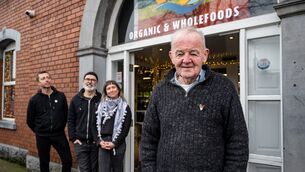Darina Allen celebrates International Carrot Day

BET you didn’t know there was such a thing as an International Carrot Day, well indeed there is. It is celebrated every year on April 4.
I’m completely baffled as to why this date was chosen considering most gardeners haven’t even sown the seed yet.








